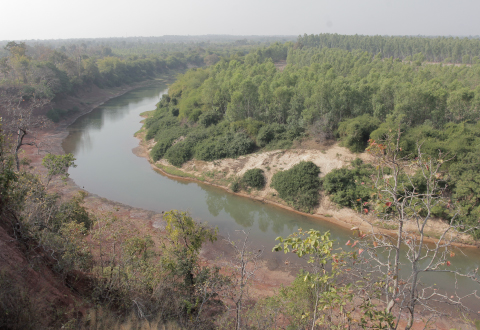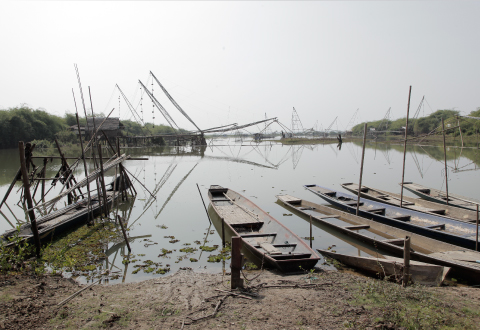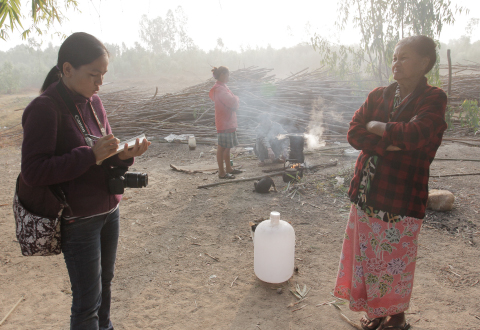




In the Mekong Basin, where people’s livelihoods are deeply rooted in the natural world of rivers and forests, many legends, tales and narratives that revolve around nature have been created and handed down from generation to generation. These stories have played an important role in protecting nature by avoiding the over-exploitation of natural resources. In recent years, however, profit-focused economic development has increased, leading to the rapid deterioration of the environment. At the same time, traditional knowledge of natural resource use as conveyed by these tales is being lost.
“The People’s Story Project” is an exploratory effort launched in August 2014 with three purposes:
(1) To record legends, old tales, folklore and narratives and access the local knowledge and experience over natural resource use found therein;
(2) To develop an environmental education tool kit, which makes practical use of people’s stories to bring about better governance of local resources, and;
(3) To convey knowledge of local natural resource use and the richness of the world described in the stories to researchers, students, people involved in development, younger generations and citizens in general, providing a new point of view for observing natural resource management in the Mekong Region.
The Project is financially supported by the Nippon Foundation’s Asian Public Intellectuals (API) Program and the Japan Fund for Global Environment of the Environmental Restoration and Conservation Agency. Note that the content and claims contained below are those of the project team and have no connection with any of the aforementioned individuals and organizations.
March 2015
Since late 2016, we have used people’s stories to provide environmental education to children in rural Laos and Thailand. We have hosted workshops in schools and local communities to guide children, and sometimes adults, to collect stories from elderly people, learn from the stories, and turn them into reading materials. We have also publicized people’s stories and explanations on how useful they might be in booklets, handbooks, and video programs.
The Project from October 2016 to September 2018 was financially supported by the Mitsui & Co. Environment Fund, and from October 2017 to September 2019 by McKnight Foundation.
September 2018
